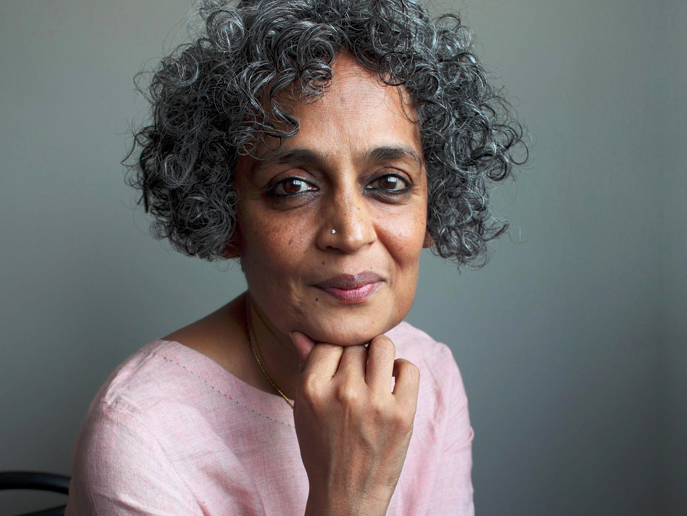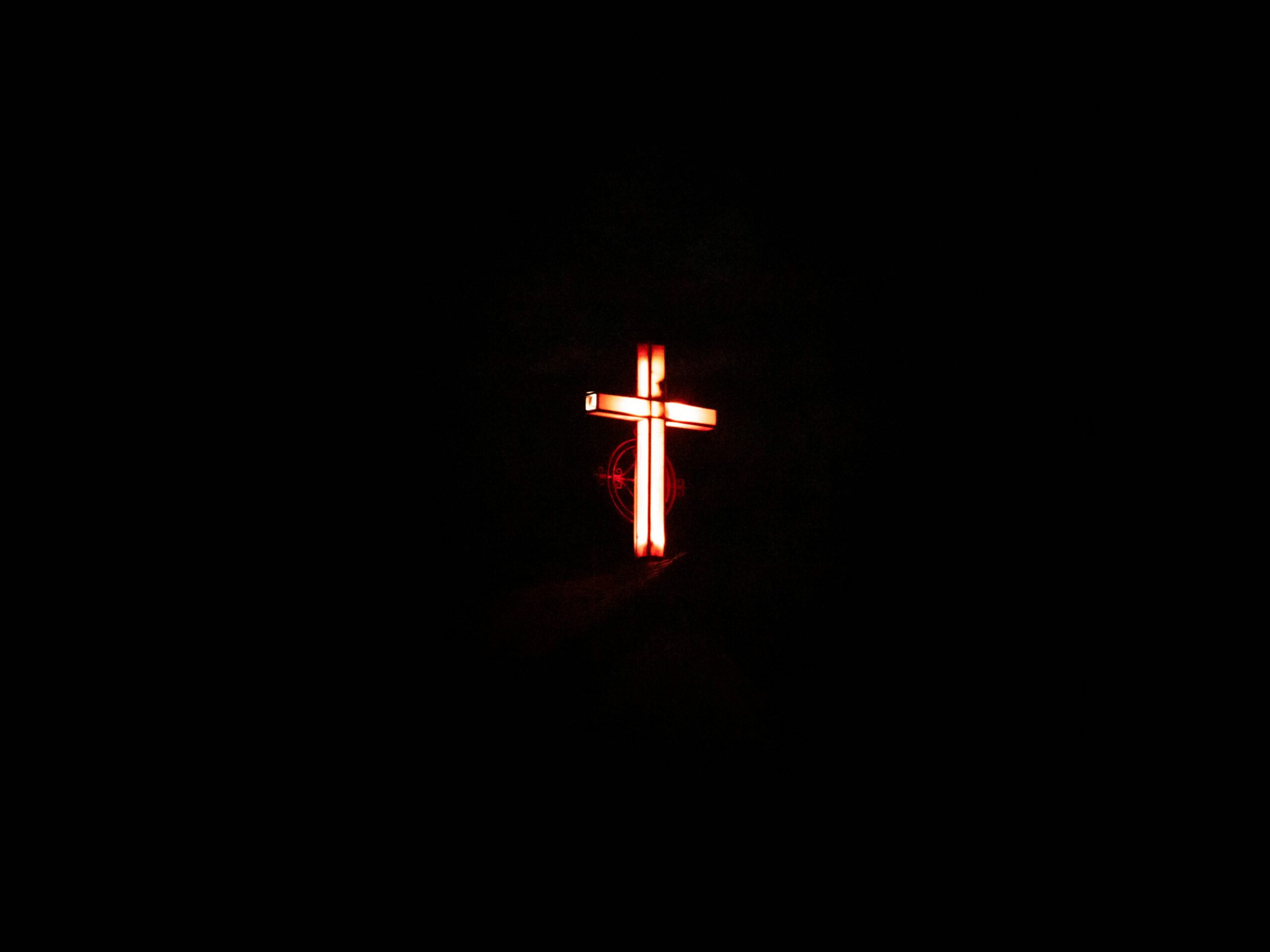April 8, 2020
Will the post-virus world really be all that new?

Indian author Arundhati Roy is well meaning, but naive in her hopes about what the world could be like when we emerge from our coronavirus lockdowns.
I mean, I love her sentiments, but it’s her last observation that makes me sigh “here we go again.”
Have a look at what the Booker prize winning author of The God of Small Things says:
“Whatever it is, coronavirus has made the mighty kneel and brought the world to a halt like nothing else could. Our minds are still racing back and forth, longing for a return to “normality”, trying to stitch our future to our past and refusing to acknowledge the rupture. But the rupture exists. And in the midst of this terrible despair, it offers us a chance to rethink the doomsday machine we have built for ourselves. Nothing could be worse than a return to normality. Historically, pandemics have forced humans to break with the past and imagine their world anew. This one is no different. It is a portal, a gateway between one world and the next. We can choose to walk through it, dragging the carcasses of our prejudice and hatred, our avarice, our data banks and dead ideas, our dead rivers and smoky skies behind us. Or we can walk through lightly, with little luggage, ready to imagine another world. And ready to fight for it.”
You can read a good review of how the church might have to change, from Nathan Campbell, here.
It’s a great quote. All the great ideas are there, with plenty of zingers: “The rupture that exists”, “the doomsday machine we have built for ourselves”, “a portal, a gateway between one world and the next”.
All delicious concepts. All laden with promise and potential on the other side of this misery. A beguiling hope of a new world in which we slough off the old world and all of the mistakes we have made.
And then Roy goes and blows it all with that last dismal line:
And ready to fight for it.
What the …? And ready to fight for it? Ready to fight for another world that we can all imagine?
Hasn’t that exactly the problem we’ve had on this side of the lockdown? Fighting for our vision of a new world? Hasn’t that desire to fight been the cause of so much rancour and bitterness and Twitterness?
Isn’t that exactly the thing that we are so wearied from? All that fighting? Doesn’t Roy realise that we’re all ready to imagine another world? That’s not the problem! That’s never been the problem! The problem is that we don’t have a collective imagination of what that world should be!
That’s exactly what the culture wars have been long and bitter about. There is no longer a common imagination – at least not in the West – about the future world we are supposedly headed for.
That’s why, when Roz Ward, Marxist academic and Safe Schools Coalition wrote in The Guardian newspaper three years ago …
I will never give up fighting for a more free and joyful world
… a bunch of people cheered on the Left cheered, a bunch of people on the Right groaned and a whole big bunch in the middle just kept their heads down. She’s going to keep fighting for something that a whole bunch of people who believe the exact opposite of what she does are going to keep fighting for too.
The most conservative libertarian Christian who votes Republican is keen to fight for a more free and joyful world. The most Wiccan, pansexual eco-warrior is keen to fight for a more free and joyful world. If only they had a shared idea of what that should look like. But since they don’t, they will fight each other – and they will fight each other to the cultural death – to realise their imagined other world.
I don’t find Roy’s words liberating at all, despite their wonderful prose and the vision she casts. She is a great writer after all. But she’s stuck in a loop. We’re stuck in a loop And it’s a loop that is exposed by her hope that a pandemic can be a gateway between one world and the next.
Only for those who die from it, actually.
For the rest of us, we will, I suspect get on with the way we have been doing life, only perhaps more cautiously and nervously. We may not change at all. Hey, the wet markets in China where this all began have started trading again. Nothing changed there. What chance we’ll change at all when we emerge? What chance we won’t just be ourselves, but more so?
I suspect we will not spring from our homes like resurrected men and women, facing a new world. I suspect we will wander out nervously, circling each other, and trying to figure out, like so many Noahs, what to do with the altered landscape. Noah’ script read like this: Get drunk, lie around with nothing on, and be mocked by my kid. Brave new world, right there.
Australian pastor and podcaster extraordinaire, Mark Sayers, puts it presciently when he observes that the post-Christian world is looking for a kingdom, but without the King (and Roy must realise her goal is steeped in the historically driven Christianity of the West, not the ahistorical loops of eastern religion). The post-Christian world has the structural desires and aims of the Christian frame, and its eschatological thrust, but – alas – no Prince of Peace at its command.
So what the world must do is fight. Or continue to fight. In its rejection of the only One who could usher that free and joyful world in, the post-Christian world constantly turns the sword on perceived enemies within, seeking victory by violence. On that much Roy is right, we will be prepared to fight for another world – the world we imagine, rather that that world imagined by our cultural, social and religious enemies.
Yet in one sense Roy is right. Our hope does lie in a portal, a gateway between this world and the next. It’s just that she does not see that the portal has already been opened for us
We get to celebrate the opening of that portal this Easter Sunday. The resurrection of the Prince of Peace is the only thing that can usher in a new world in which violence is a thing of the past. Jesus the King is the link between the old creation and the new creation. And when he rose early on that first day of the week before the sun was even up, he was emerging from behind the heavy stone door of death into a new creation.
I do think that the church, as the receiver of the Spirit of God, via the resurrected Jesus, can model that new world to the creaking old world. And that’s a great hope, even if the message within the church is conflicted, and we’ve certainly seen that in Australia the past few days with the overturning of the Cardinal Pell conviction.
I continue to remember that our ultimate hope is that we are receiving a kingdom, not creating one, as Hebrews 11 reminds us. We can certainly lead the way in modelling what that might look like – if anyone is bothering to watch any longer that is. Perhaps there is a chance, post lockdown, for the church to lead in the public square – despite the increasing hostility – that shows the culture a way forward.
So are there glimmers of hope beyond this virus that we can do better, in line with Roy’s desire? Of course. But fighting for it? Can’t see how that will turn out well, given how the competing visions of human flourishing will be as incapable of co-existing afterwards as they were before.
Jesus has fought – and died for – a free and more joyful world, and he did it by dying for his enemies and defeating our common enemy, Death, the very enemy which has caused us to flee indoors this past two months.
And one day, He will, as Roy has said about the virus: make the mighty kneel and bring the world to a halt like nothing else could.
Our God is the God of both small and big things after all.
Written by
There is no guarantee that Jesus will return in our desired timeframe. Yet we have no reason to be anxious, because even if the timeframe is not guaranteed, the outcome is! We don’t have to waste energy being anxious; we can put it to better use.
Stephen McAlpine – futureproof
Stay in the know
Receive content updates, new blog articles and upcoming events all to your inbox.


